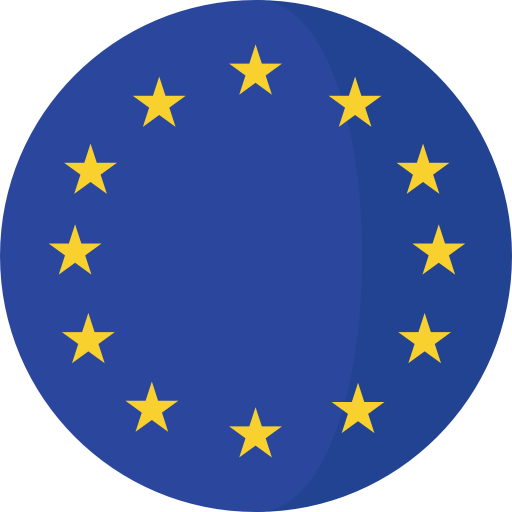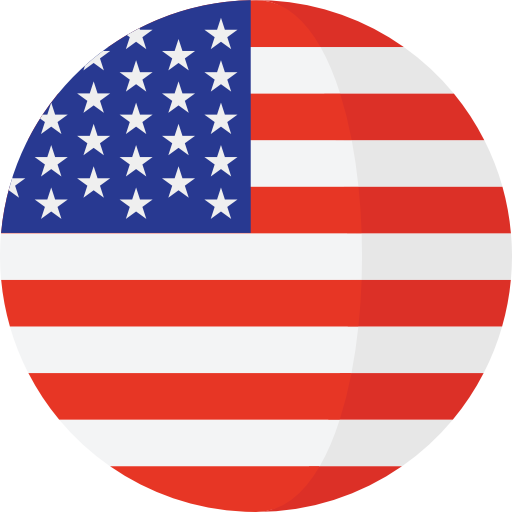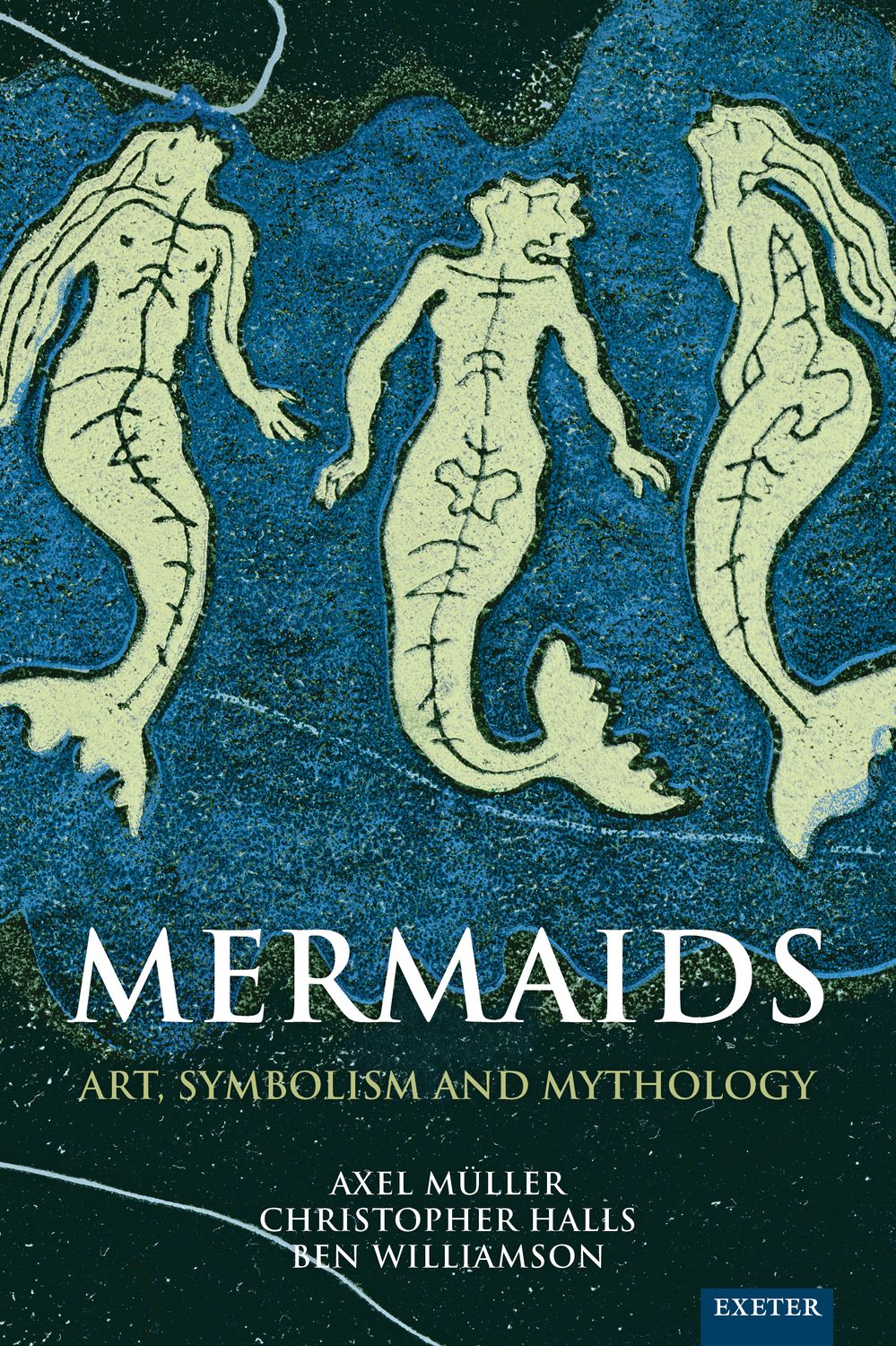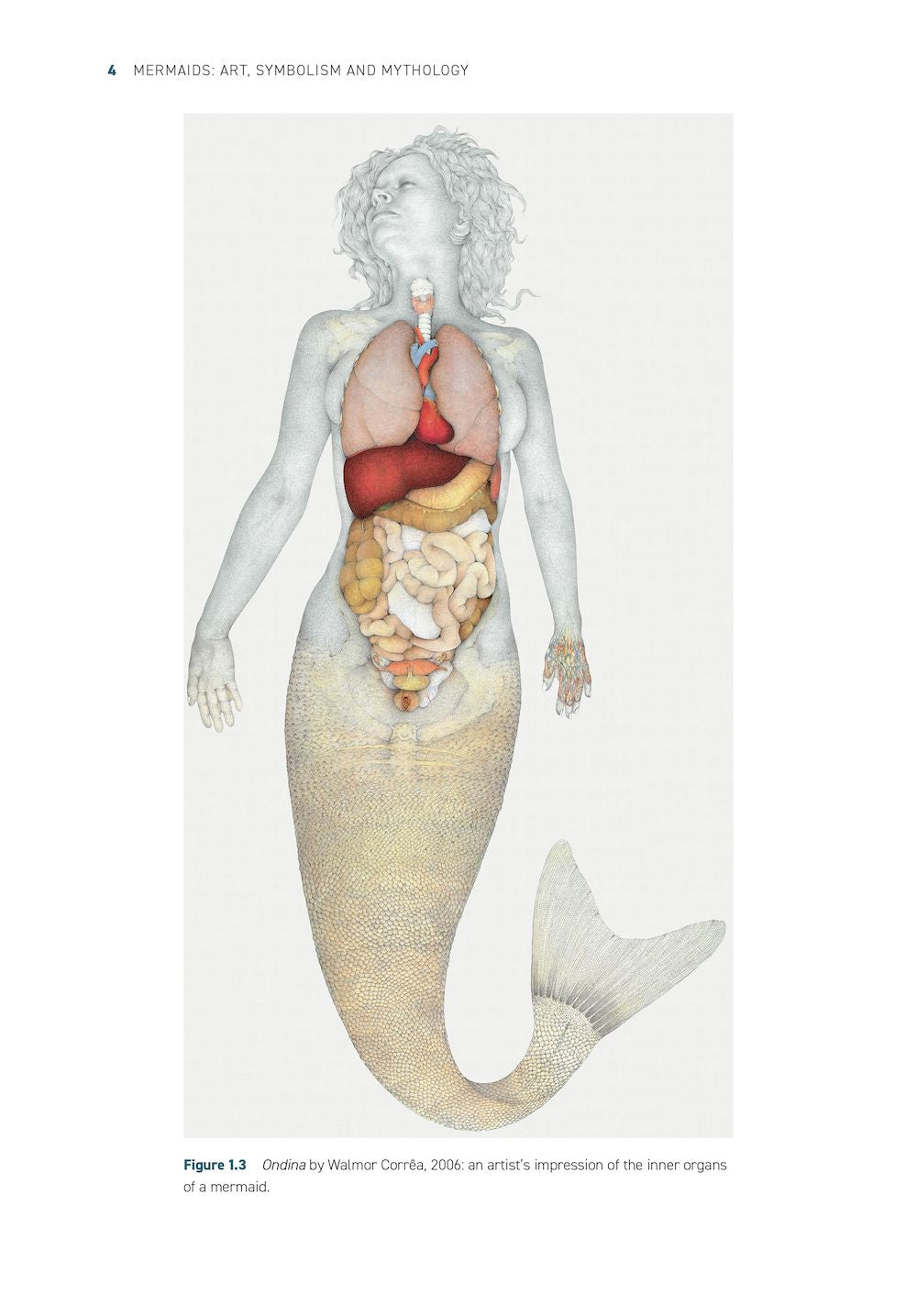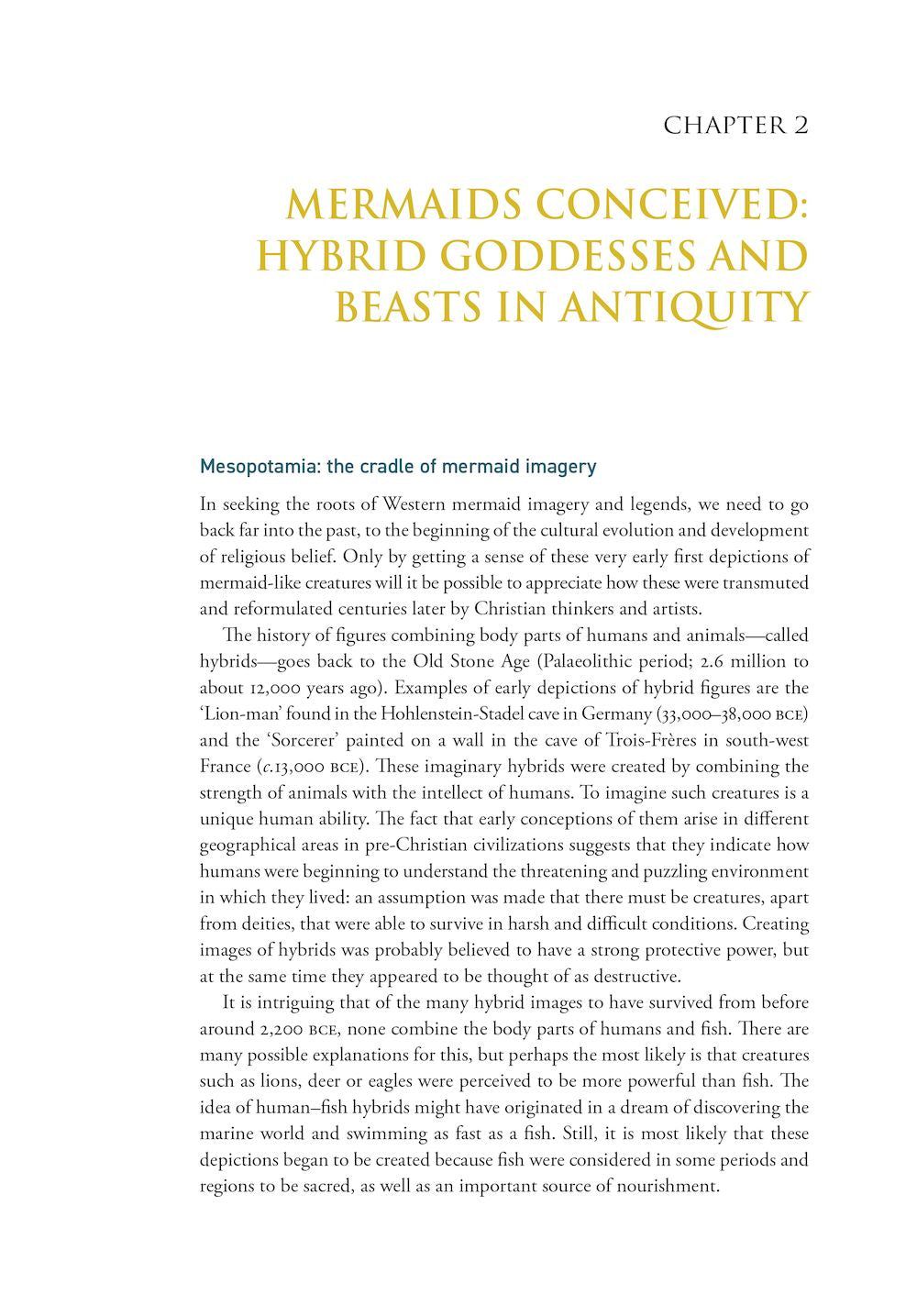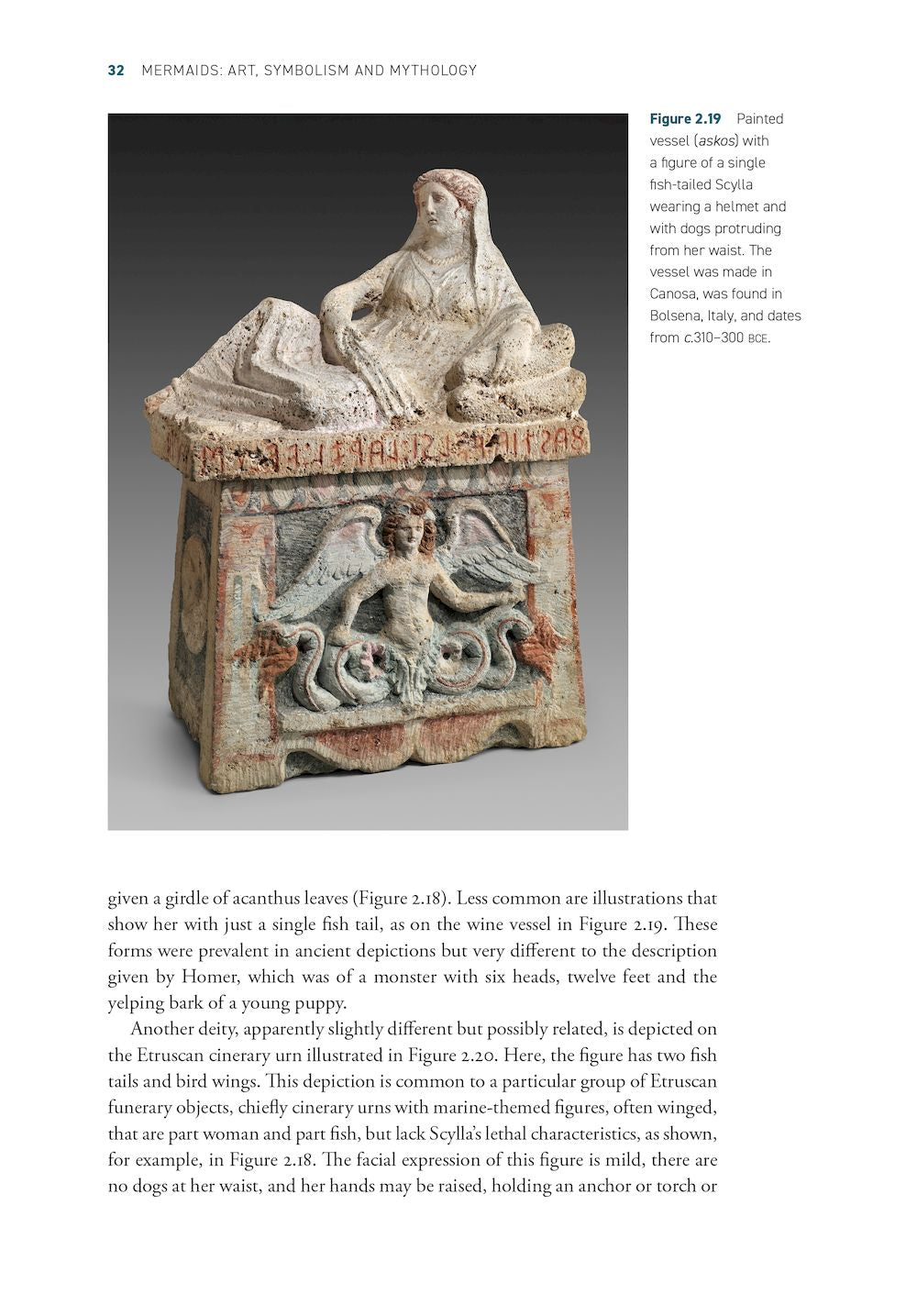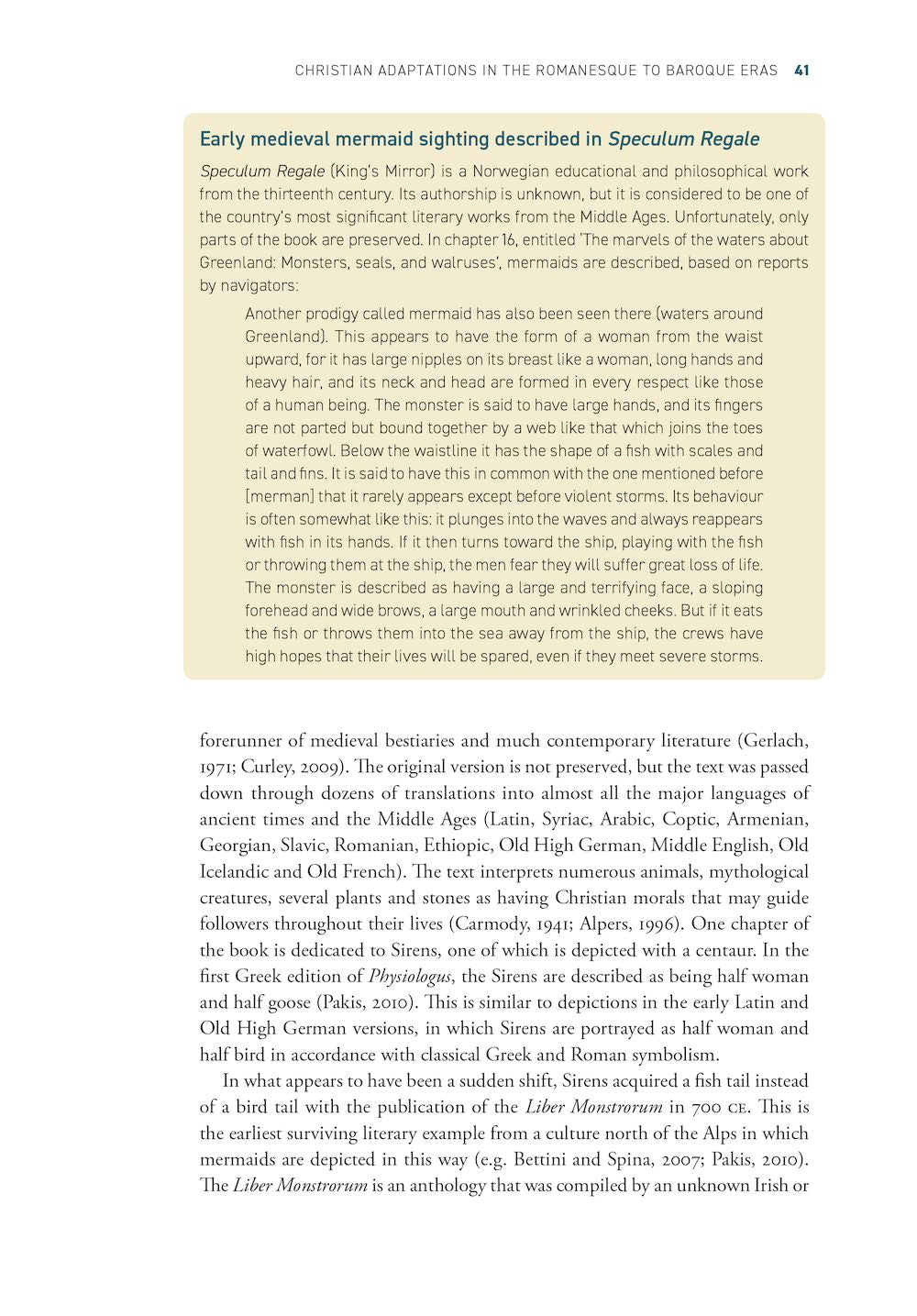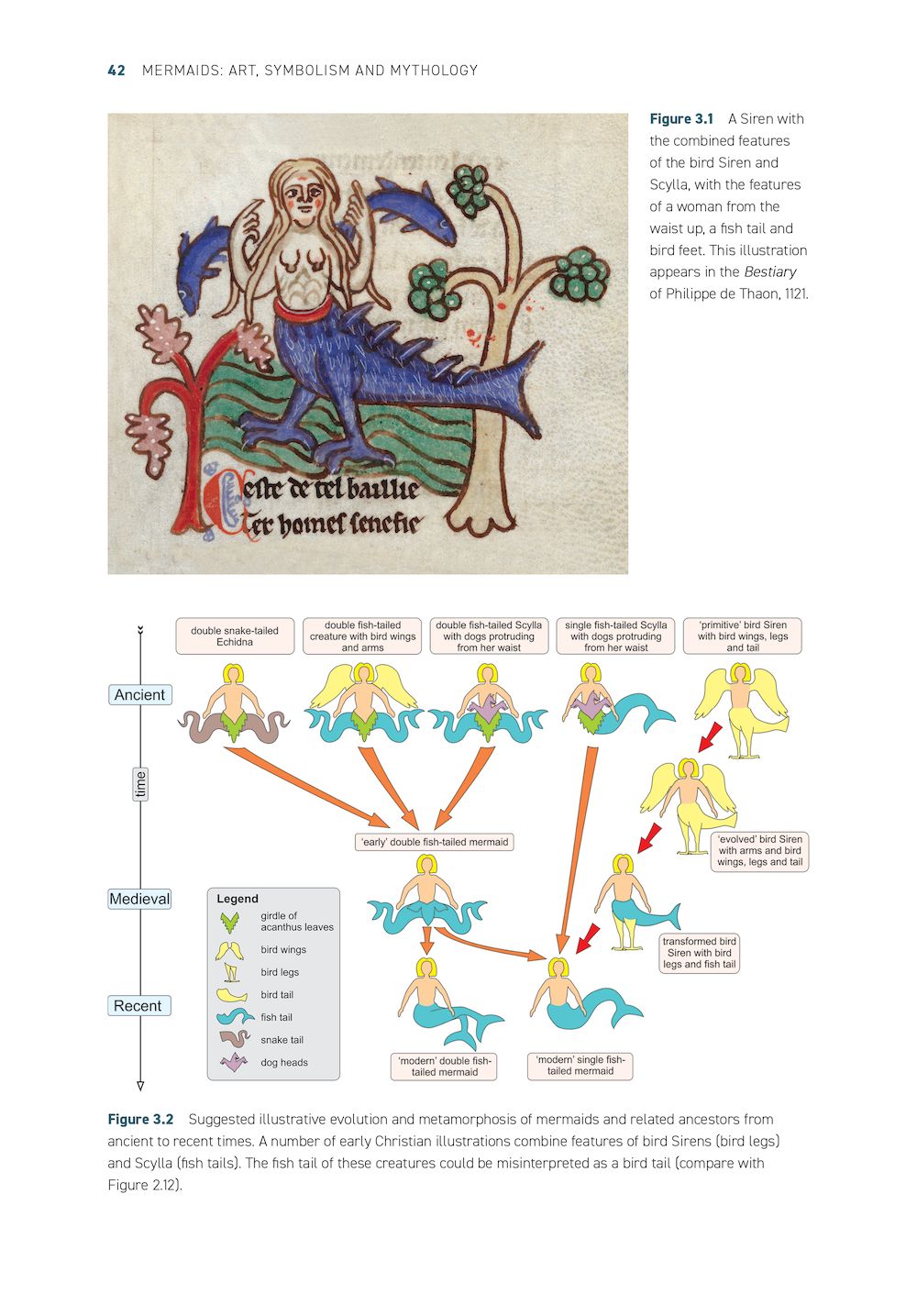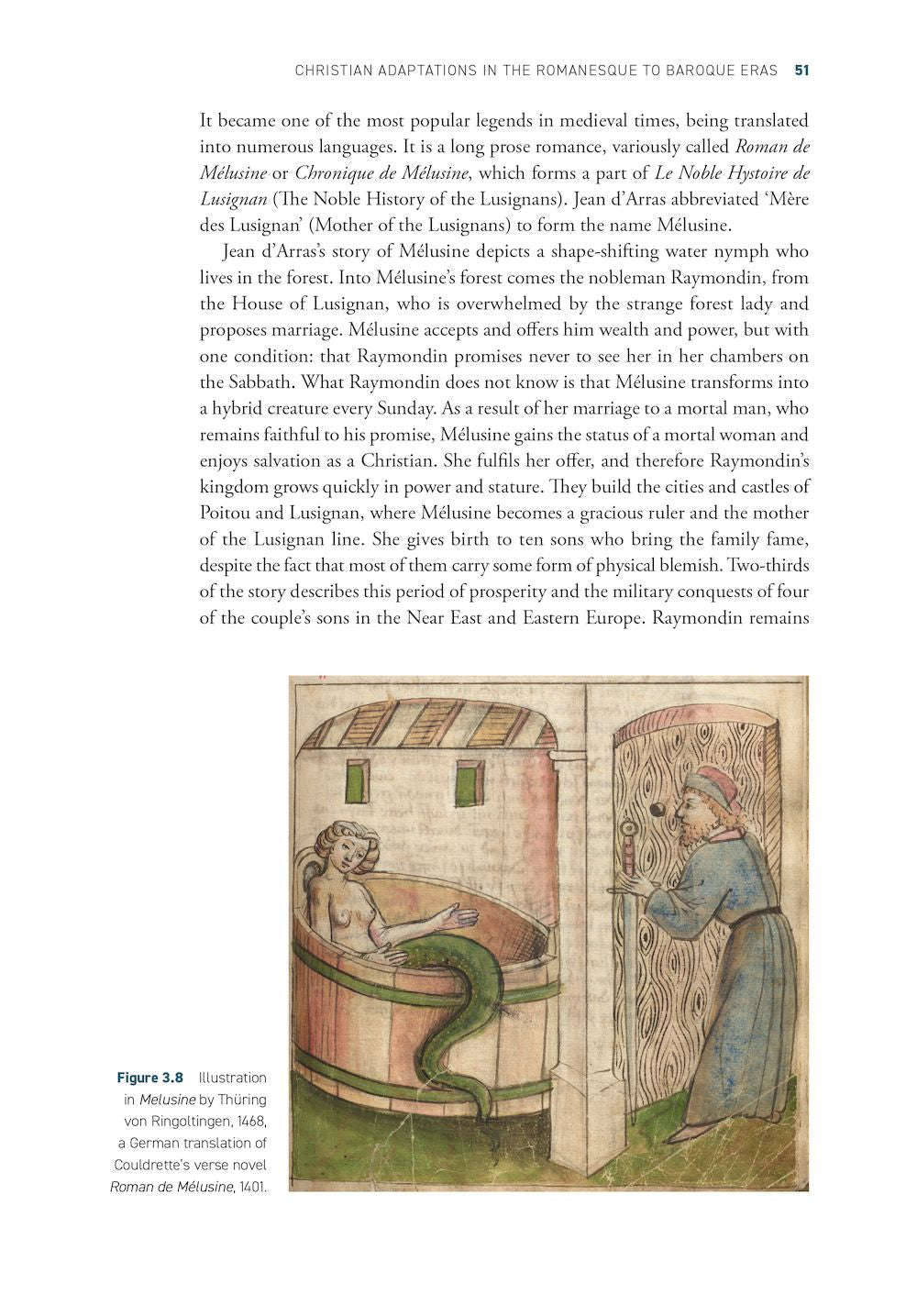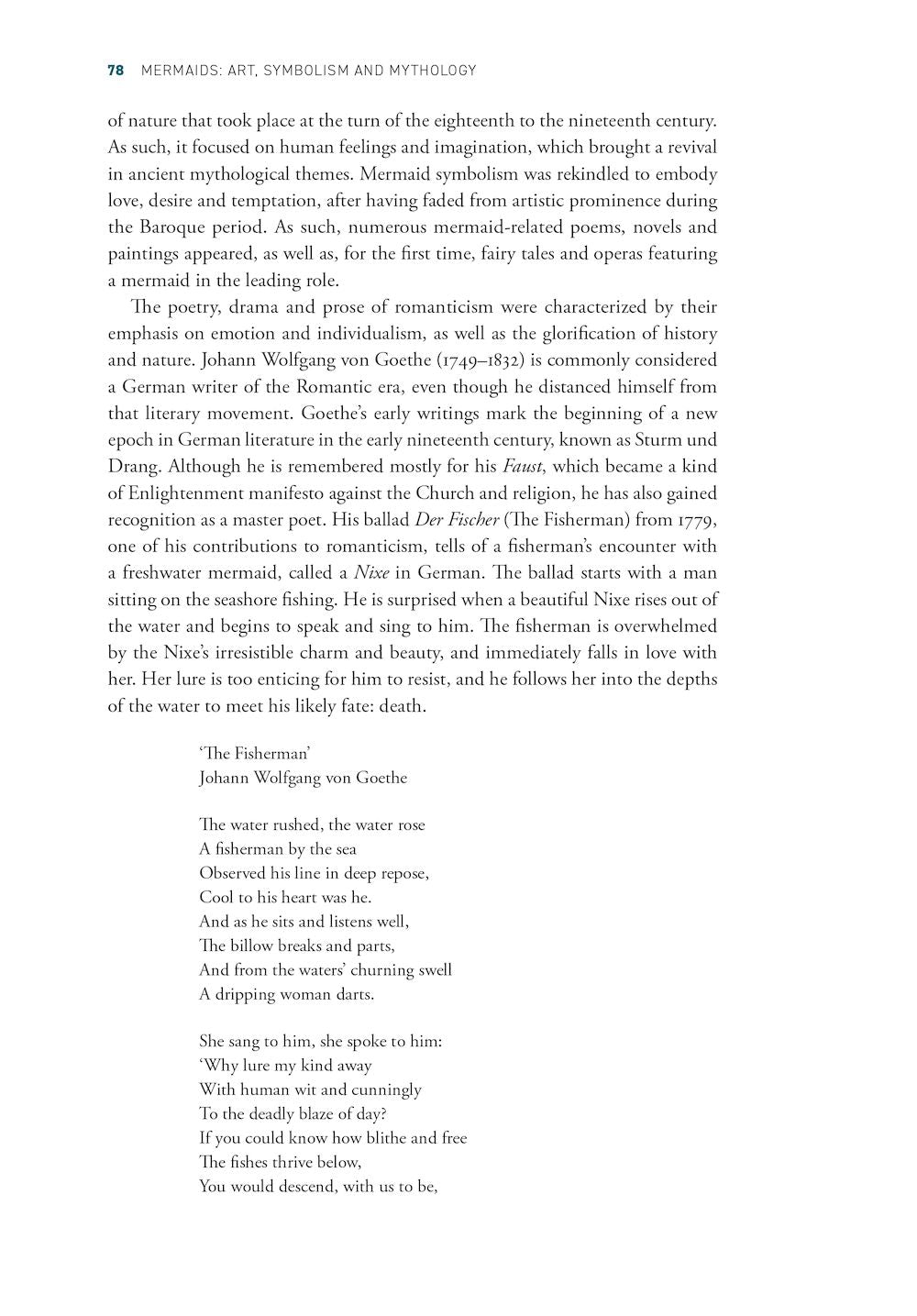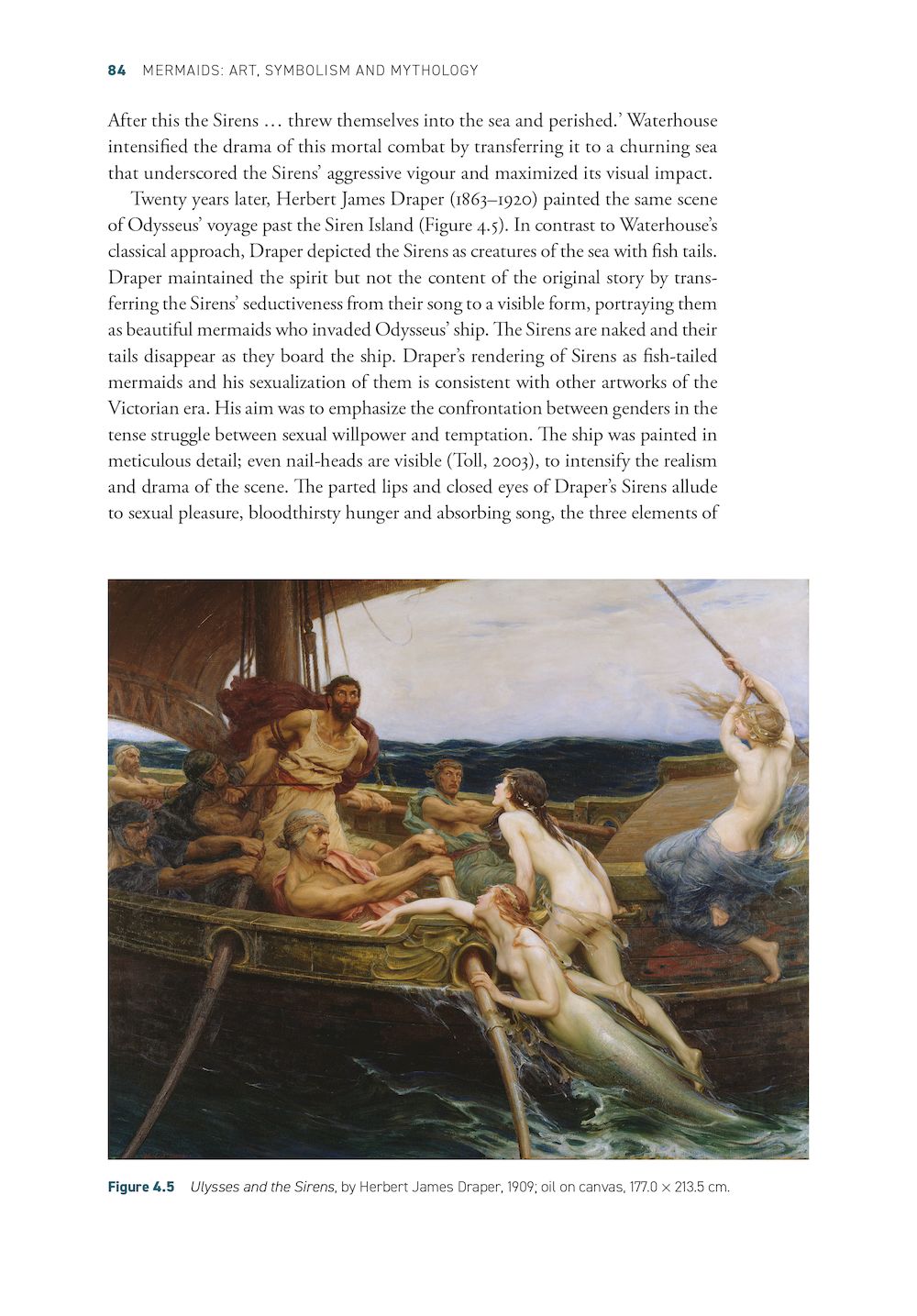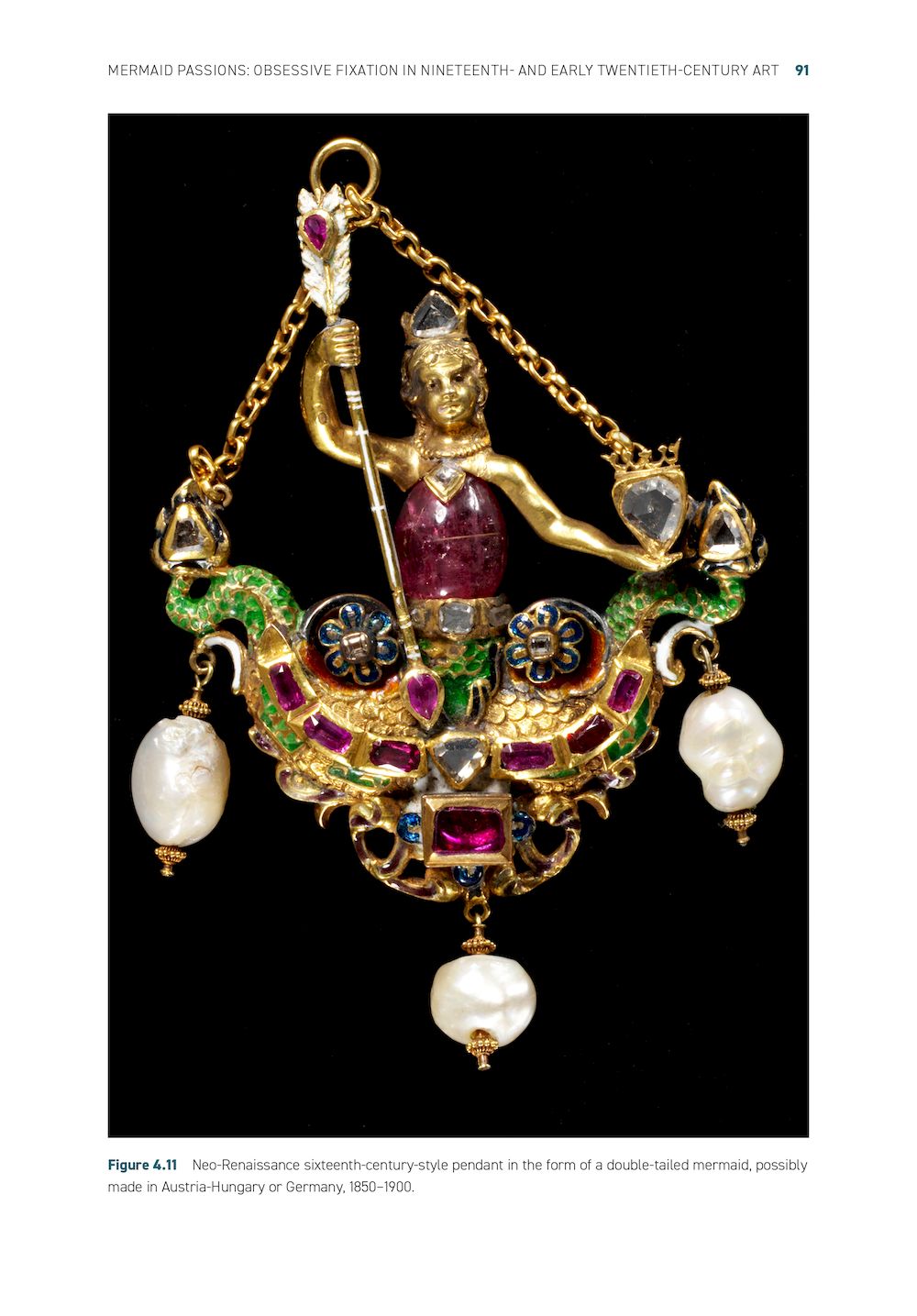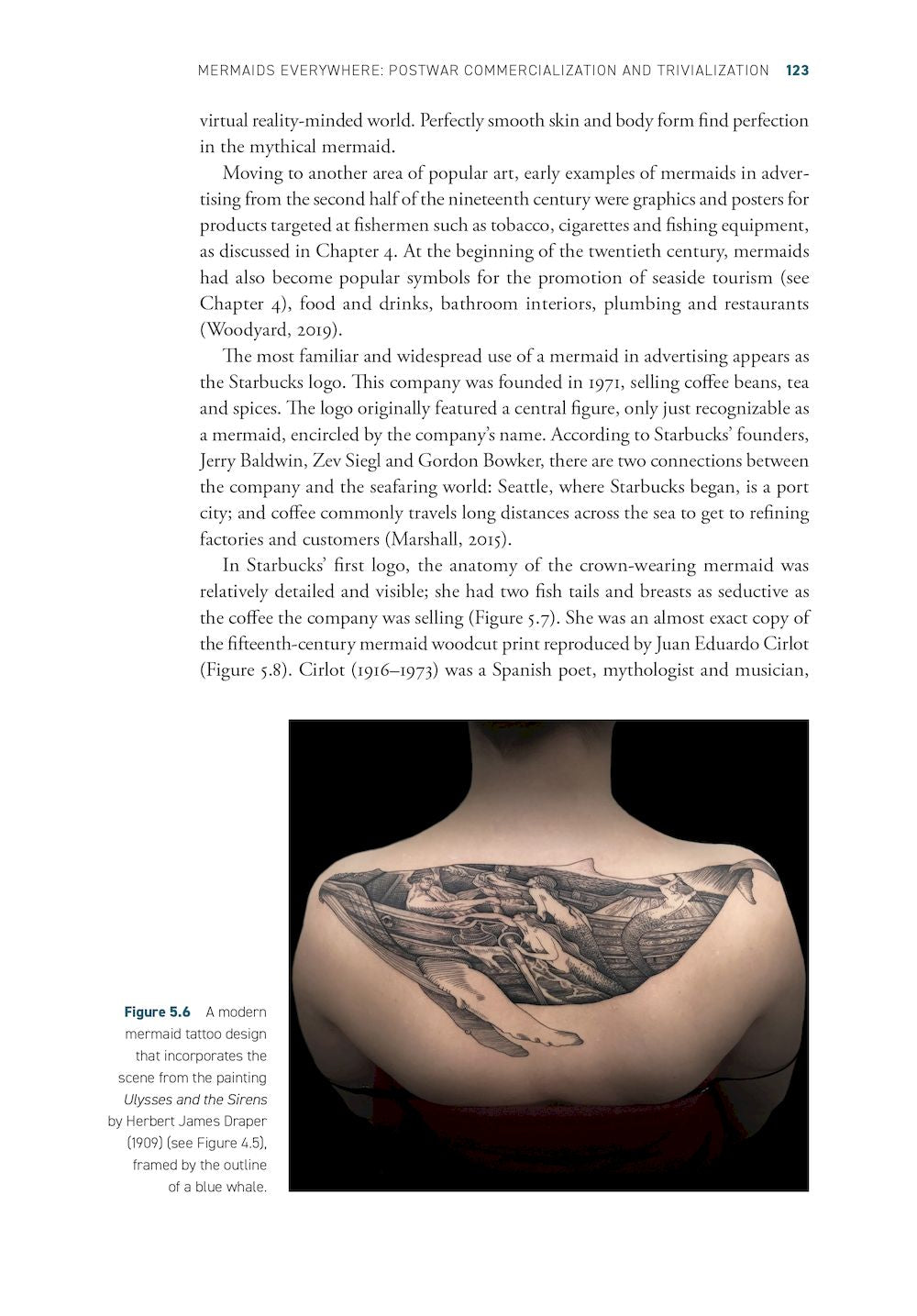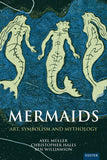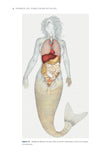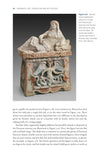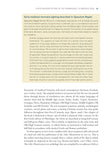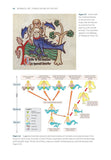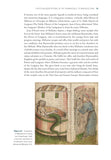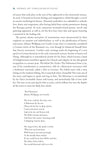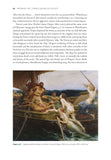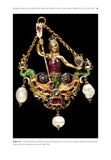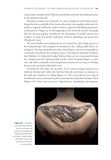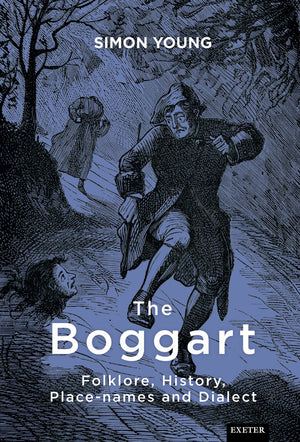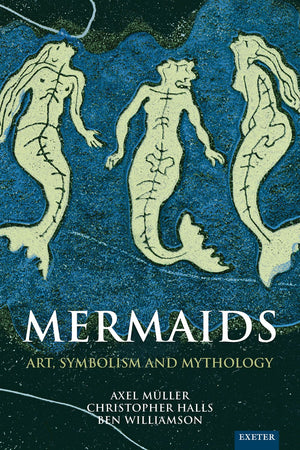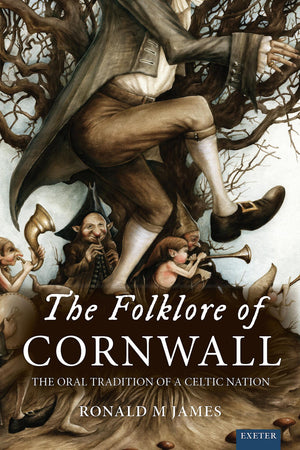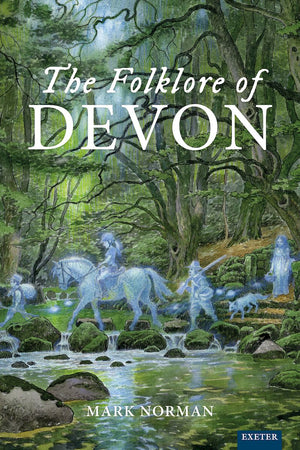University of Exeter Press
Mermaids
Art, Symbolism and Mythology
Couldn't load pickup availability
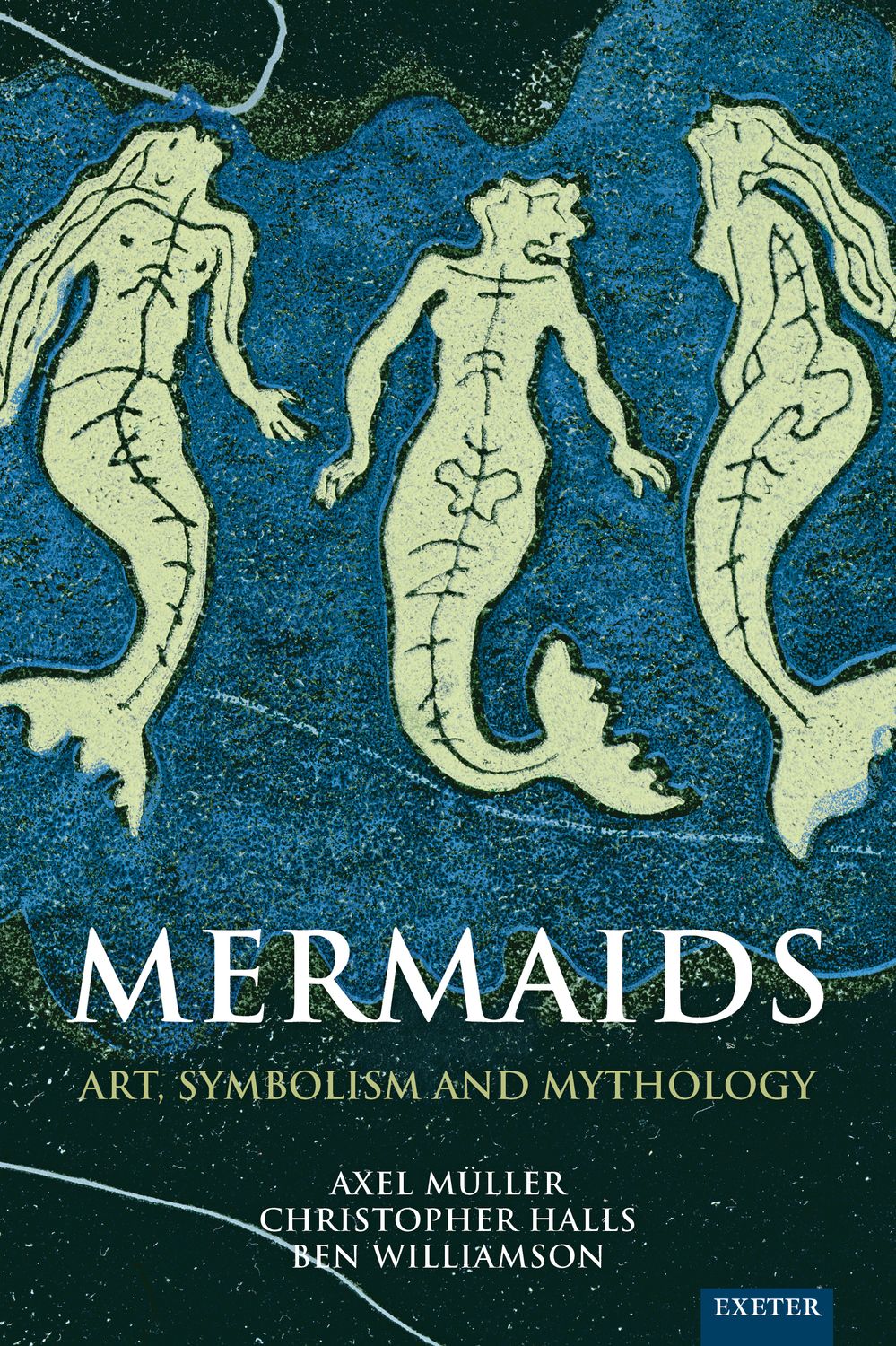
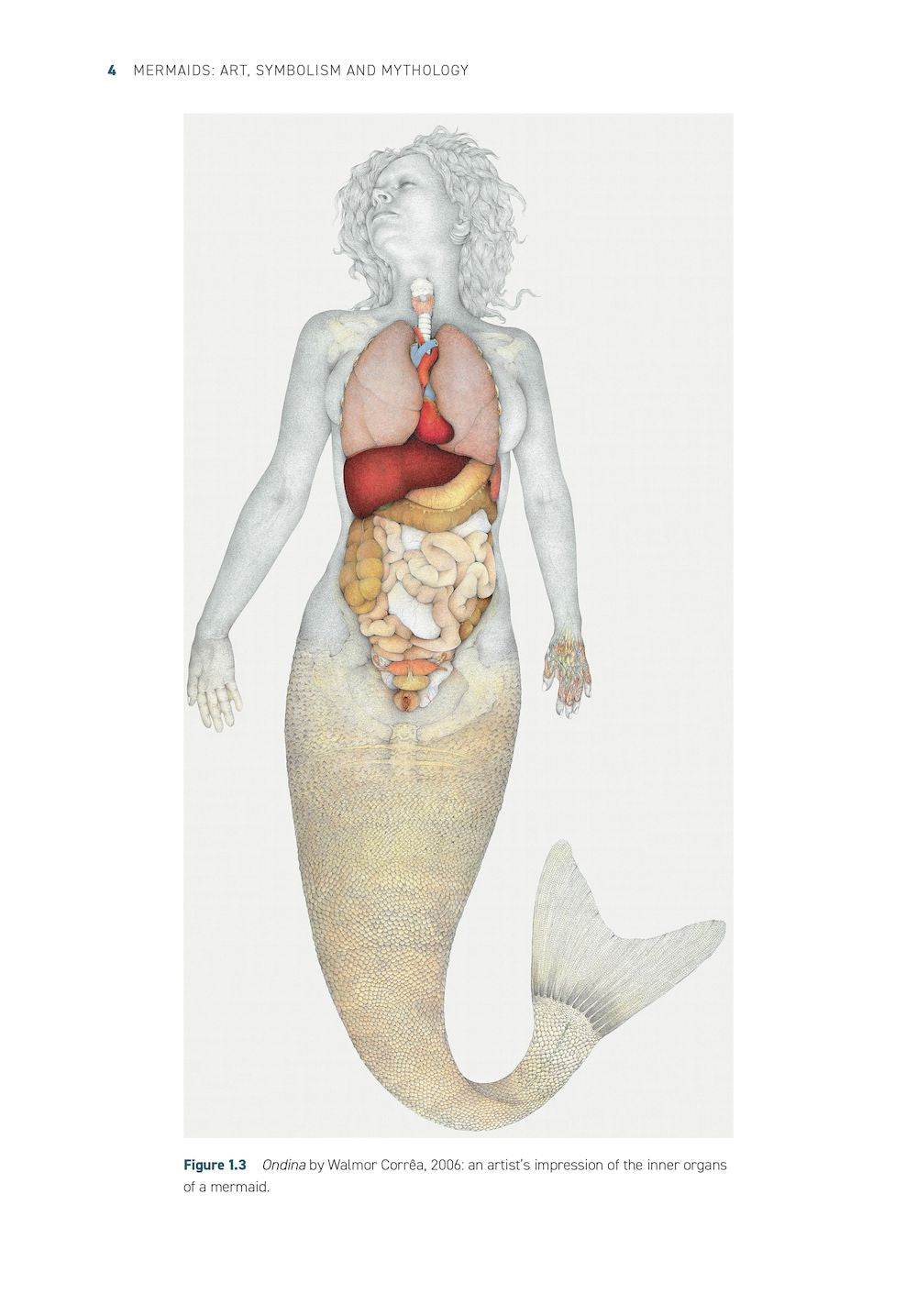
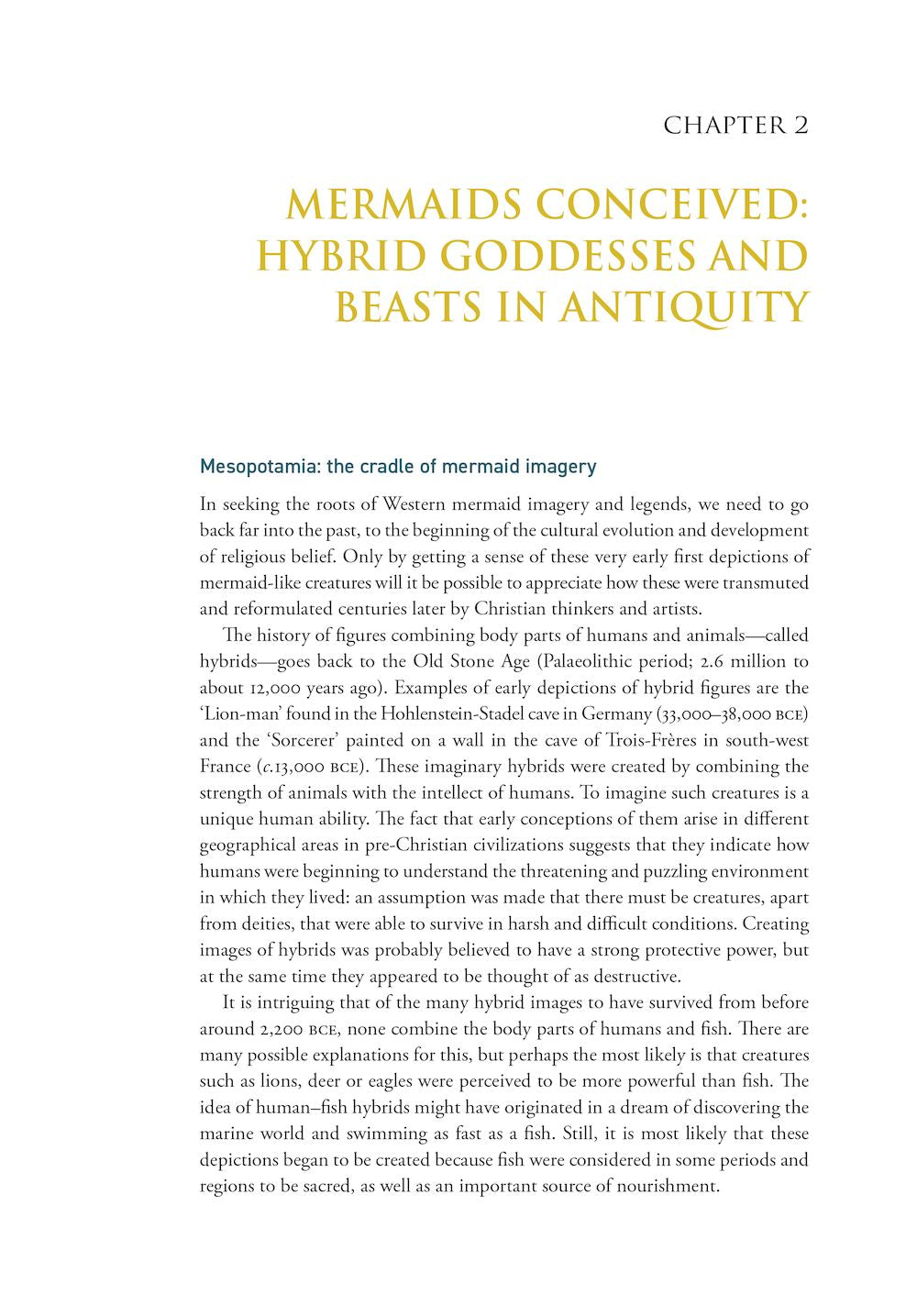
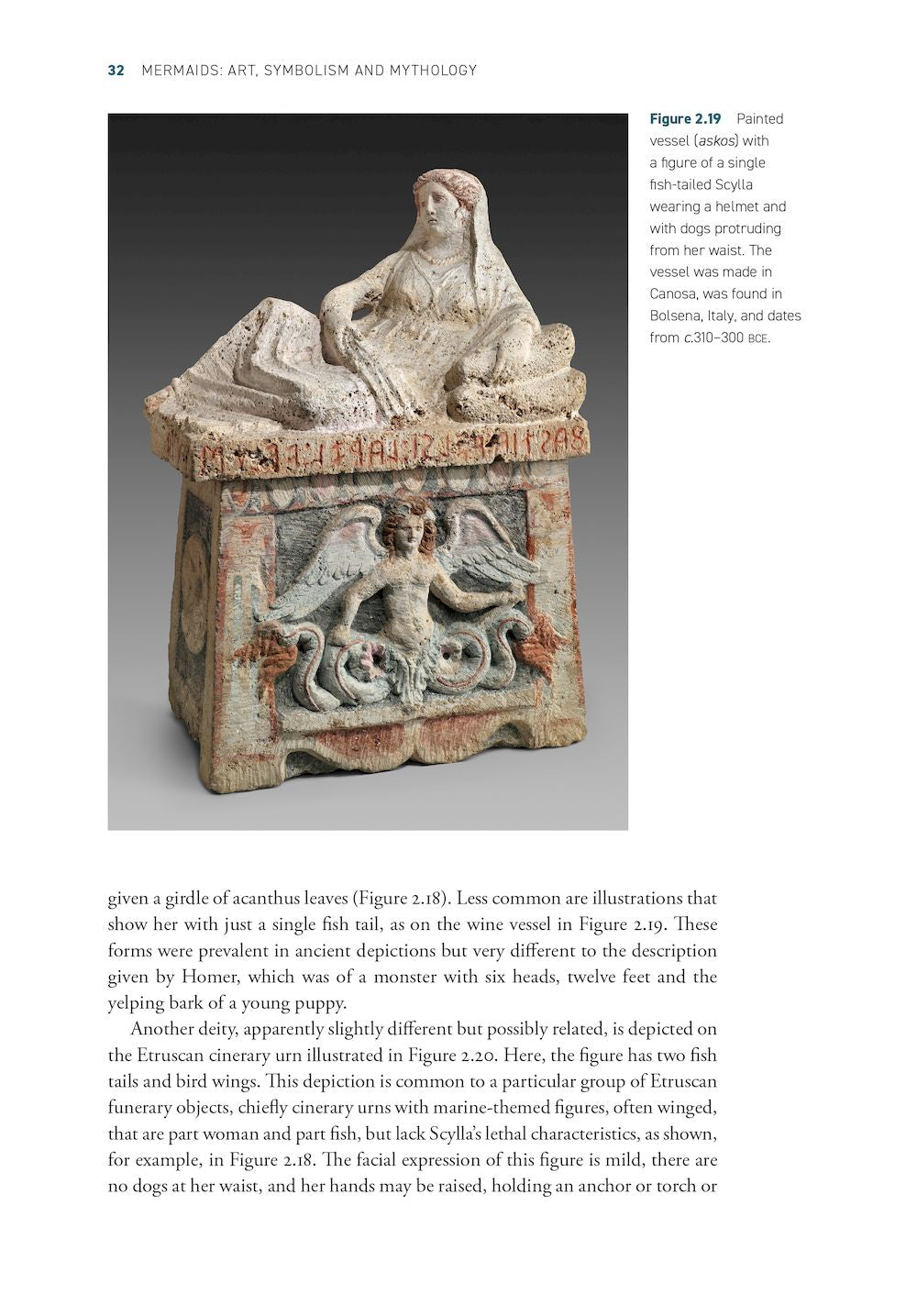
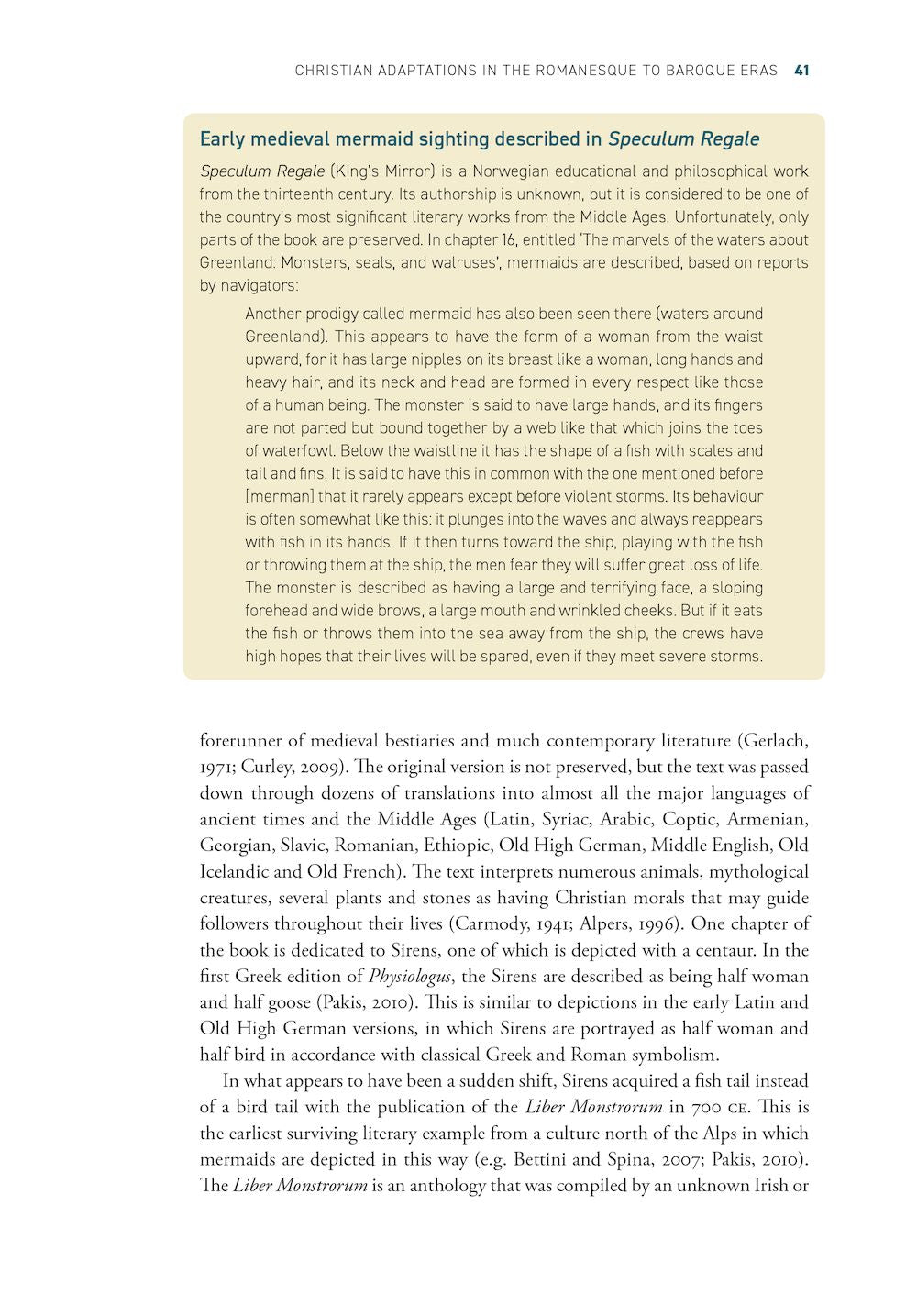
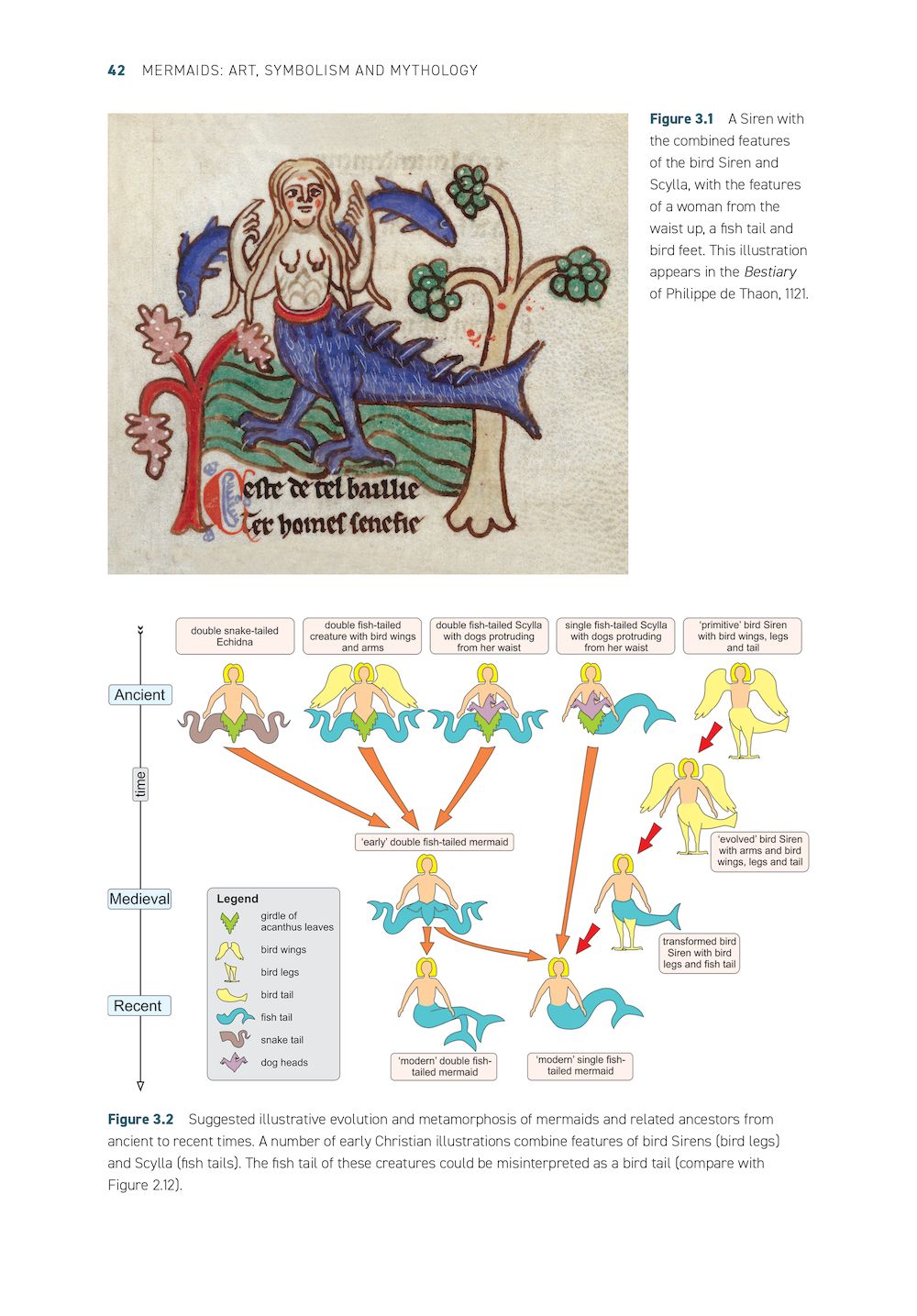
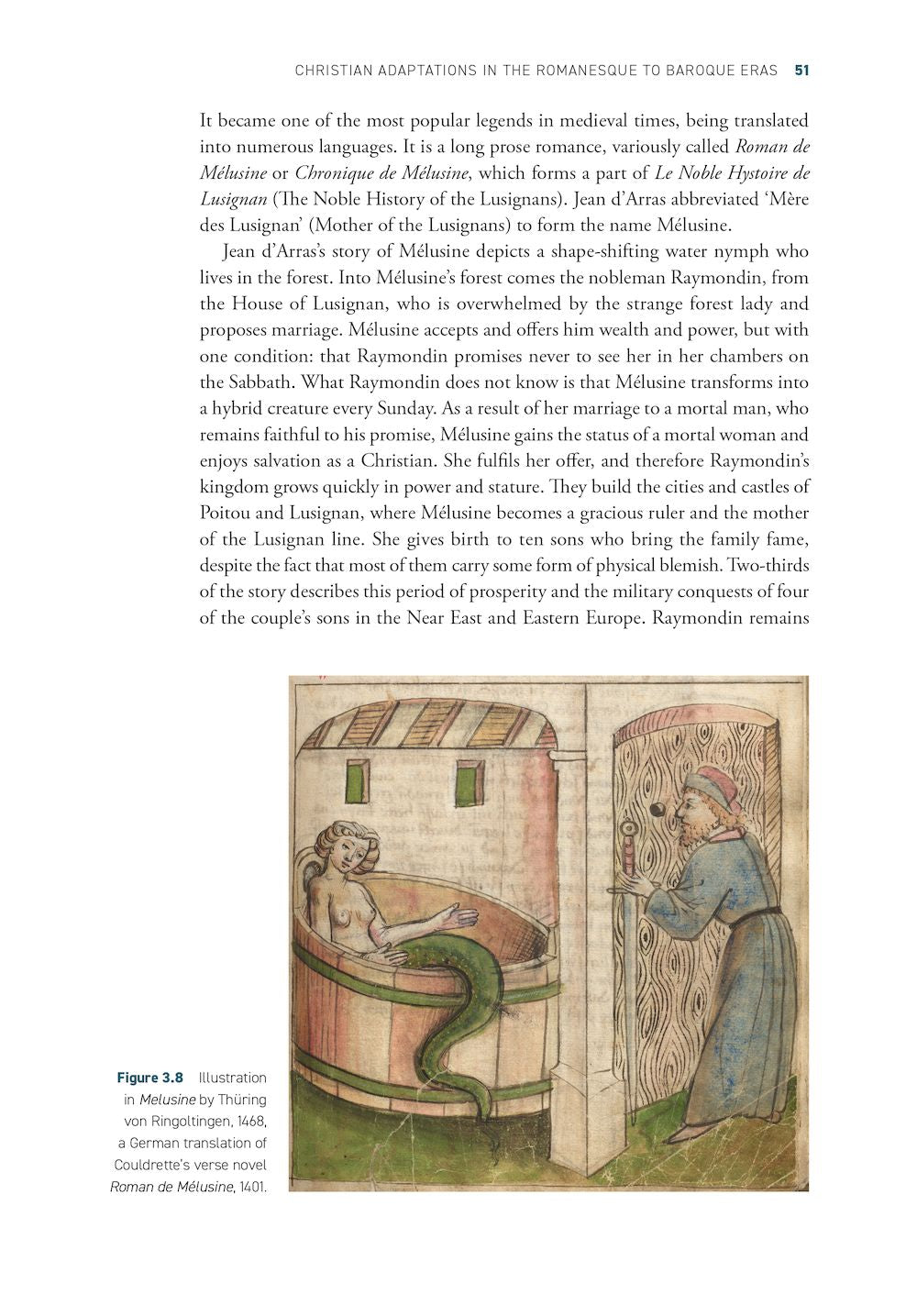
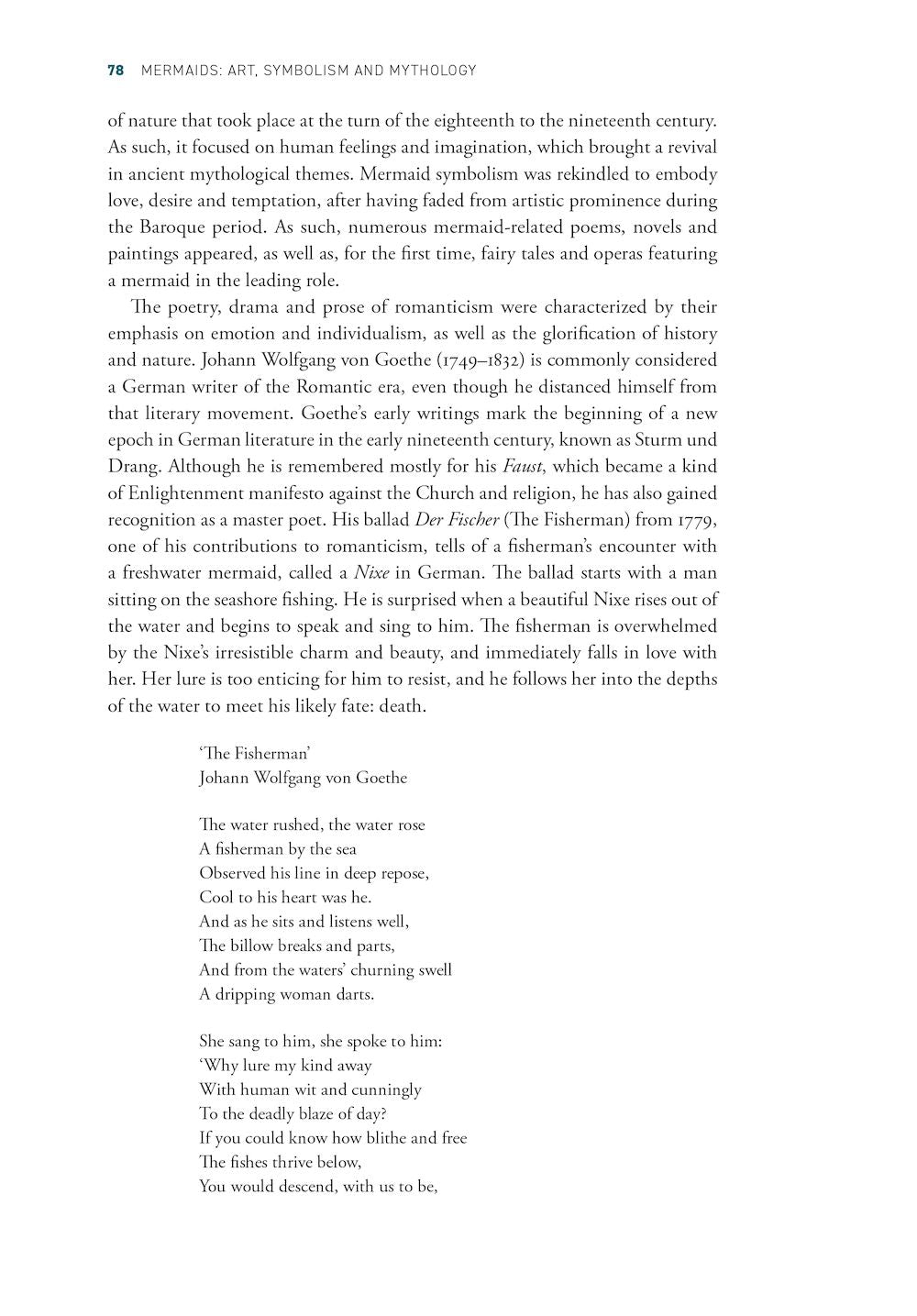
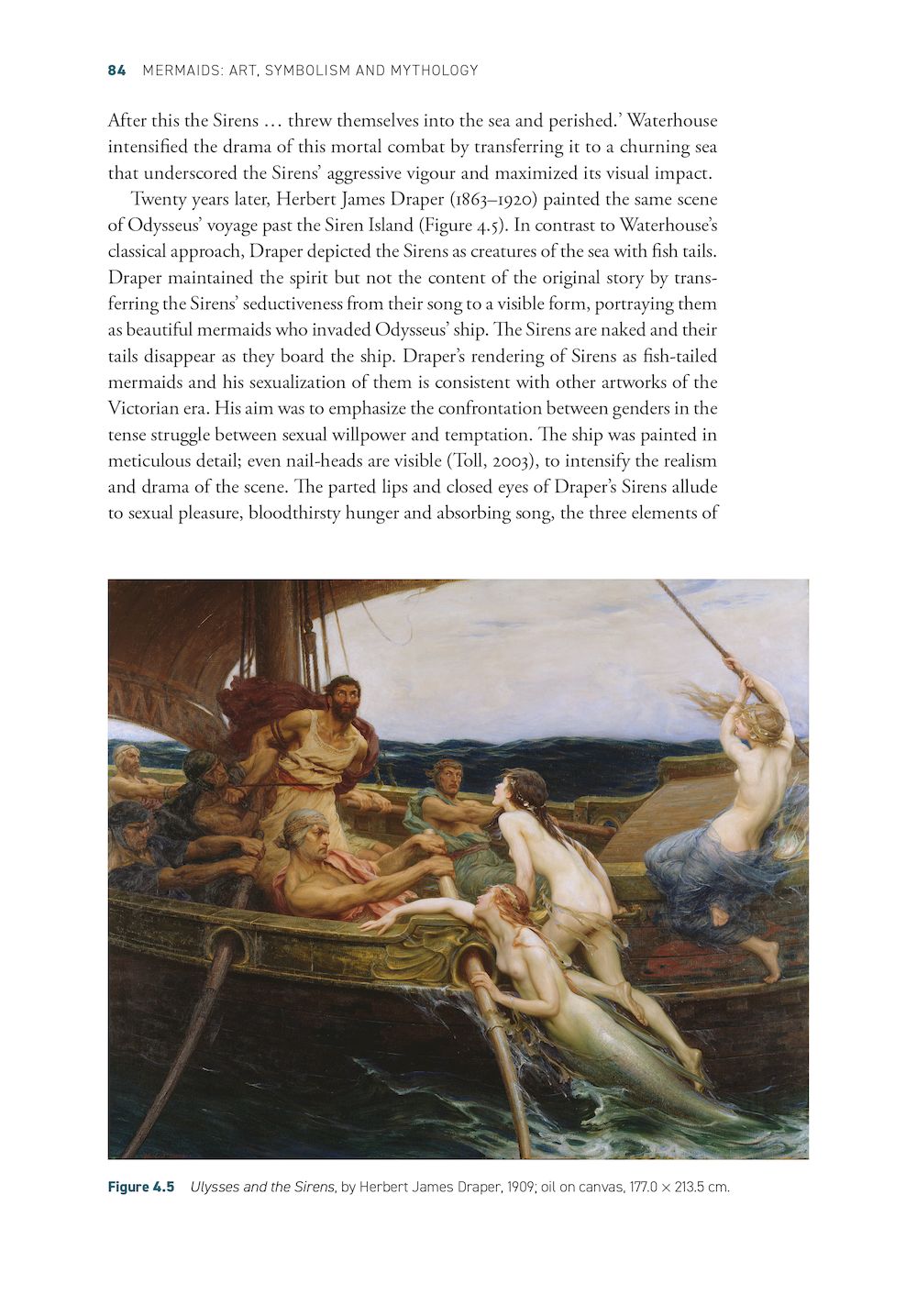
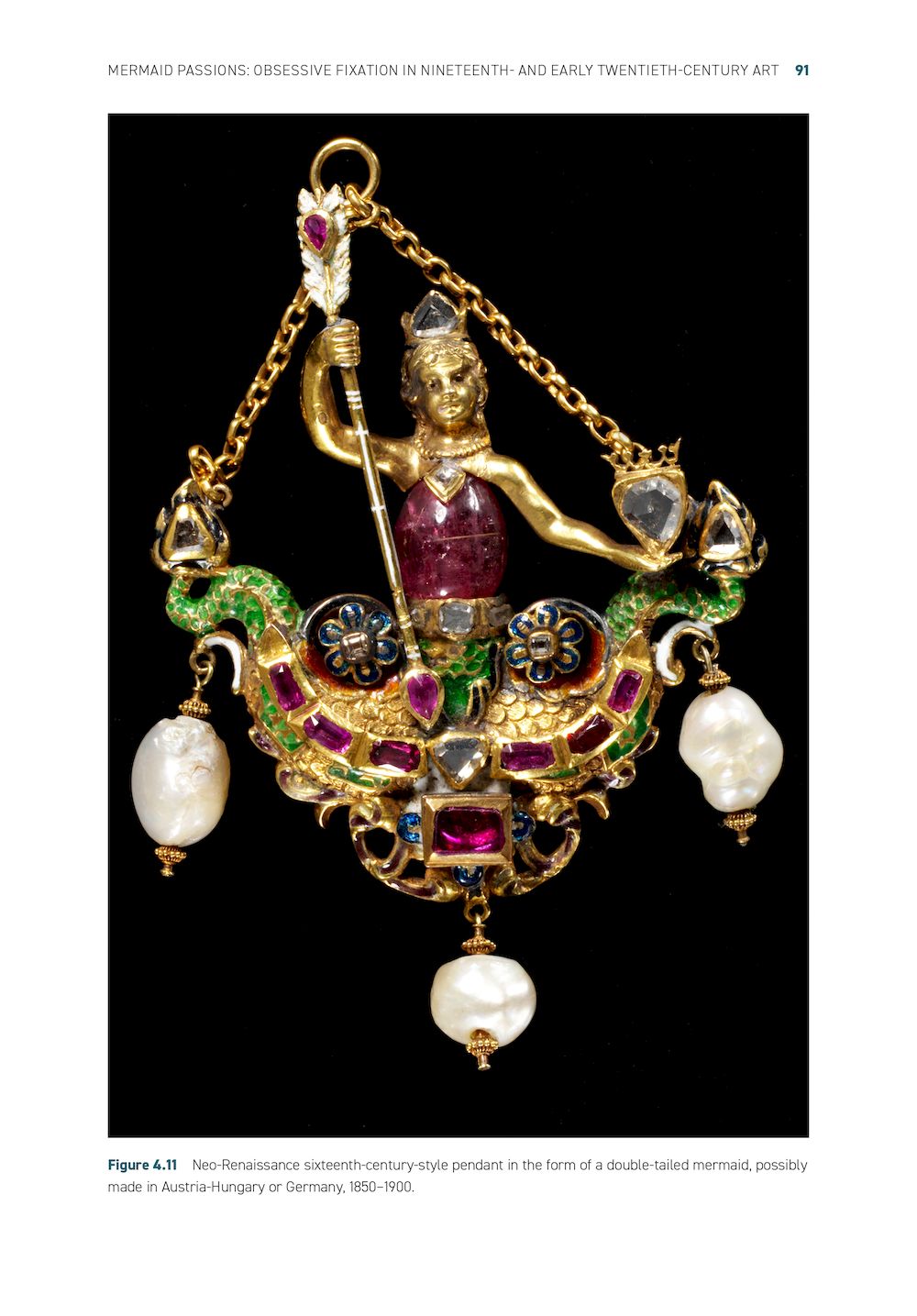
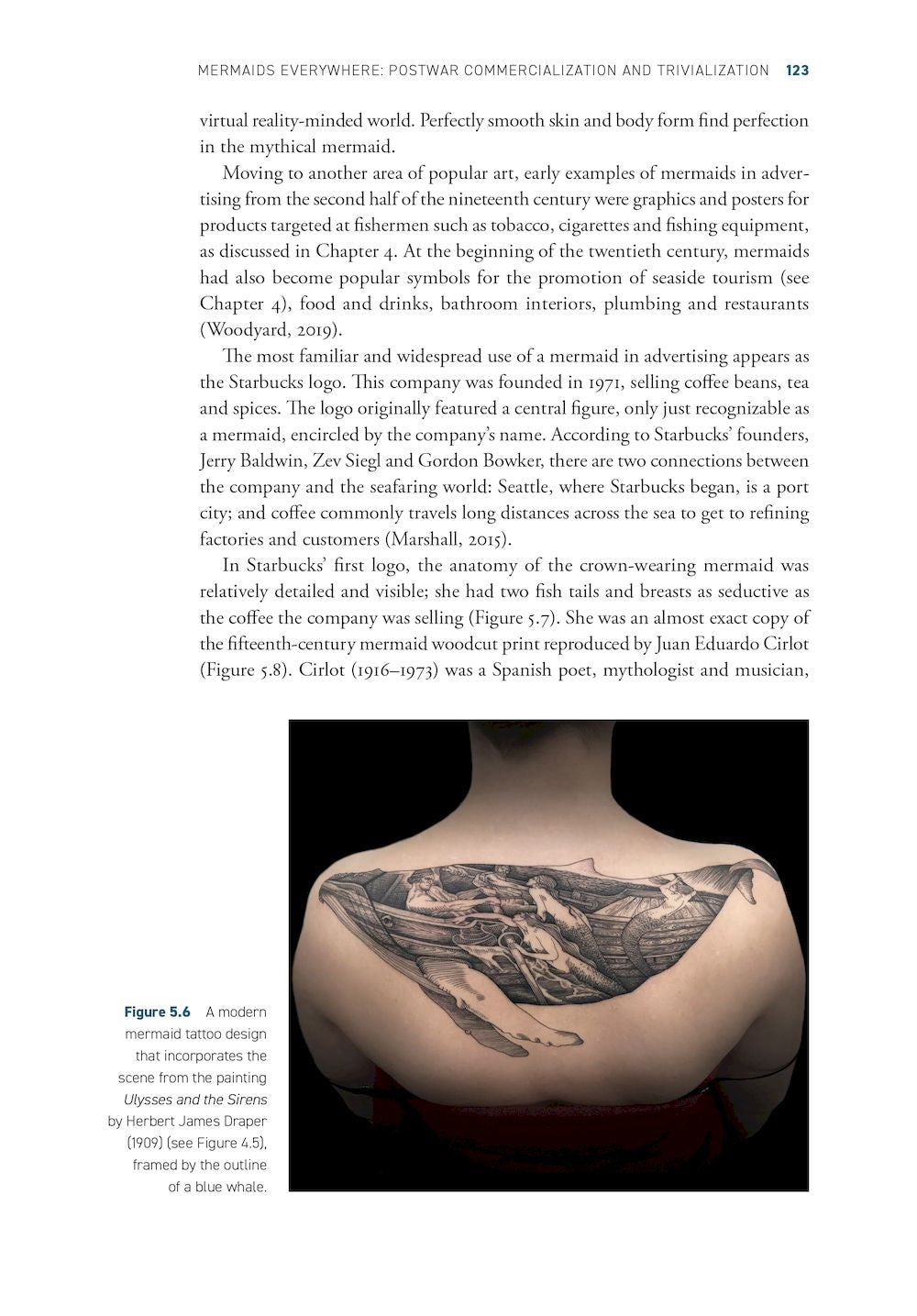
- 168 Pages
Women with fish tails are among the oldest and still most popular of mythological creatures, possessing a powerful allure and compelling ambiguity. They dwell right in the uncanniest valley of the sea: so similar to humans, yet profoundly other. Mermaids: Art, Symbolism and Mythology presents a comprehensive, interdisciplinary and beautifully illustrated study of mermaids and their influence on Western culture. The roots of mermaid mythology and its metamorphosis through the centuries are discussed with examples from visual art, literature, music and architecture—from 600 BCE right up to the present day.
Our story starts in Mesopotamia, source of the earliest preserved illustrations of half-human, half-fish creatures. The myths and legends of the Mesopotamians were incorporated and adopted by ancient Greek, Etruscan and Roman cultures. Then, during the early medieval period, ancient mythological creatures such as mermaids were confused, transformed and reinterpreted by Christian tradition to begin a new strand in mermaid lore. Along the way, all manner of stunning—and sometimes bizarre or unsettling—depictions of mermaids emerged. Written in an accessible and entertaining style, this book challenges conventional views of mermaid mythology, discusses mermaids in the light of evolutionary theory and aims to inspire future studies of these most curious of imaginary creatures.
A great deal of fascinating information and fabulous illustrations about a topic most of us have hardly even considered, and yet the topic entails a motif in Western culture that extends back to earliest times.
Professor Robert Marc Friedman
University of Oslo
This beautifully-illustrated, well-researched, delightful book is sure to please anyone interested in the origins of mermaids, and why we still find them so intriguing. Its various genealogical maps, tables, and charts are worth the purchase price alone.
Vaughn Scribner
author of Merpeople: A Human History
Mermaids offers a compelling overview of the emergence of the mermaid myth in western culture, beginning in the ancient cultures of the eastern Mediterranean. The primary focus is on examples from art (beautifully and generously illustrated) and literature, but the authors also engage with science and pseudoscience.
Harriet Ritvo
author of The Platypus and the Mermaid and Arthur J. Conner Professor of History Emeritus, Massachusetts Institute of Technology
The authors have written a wonderfully in-depth (pun intended) book about virtually every aspect of merpeople. There is as much information as most people could ever wish for about the subject.
Trevor Pyne, Magonia Review
Preface
Memorial note
1 Introduction: Why mermaids?
2 Mermaids conceived: hybrid goddesses and beasts in antiquity
3 Christian adaptations in the Romanesque to Baroque eras
4 Mermaid passions: obsessive fixation in nineteenth- and early twentieth-century art
5 Mermaids everywhere: postwar commercialization and trivialization
6 Mermaids rationalized: evolutionary theory confronts the fantastic
References
Acknowledgements
Index
- 168 Pages
- 80 Colour illustrations, 5 Black & white line drawings, 5 Black & white illustrations, 5 Black & white tables, 4 Maps

